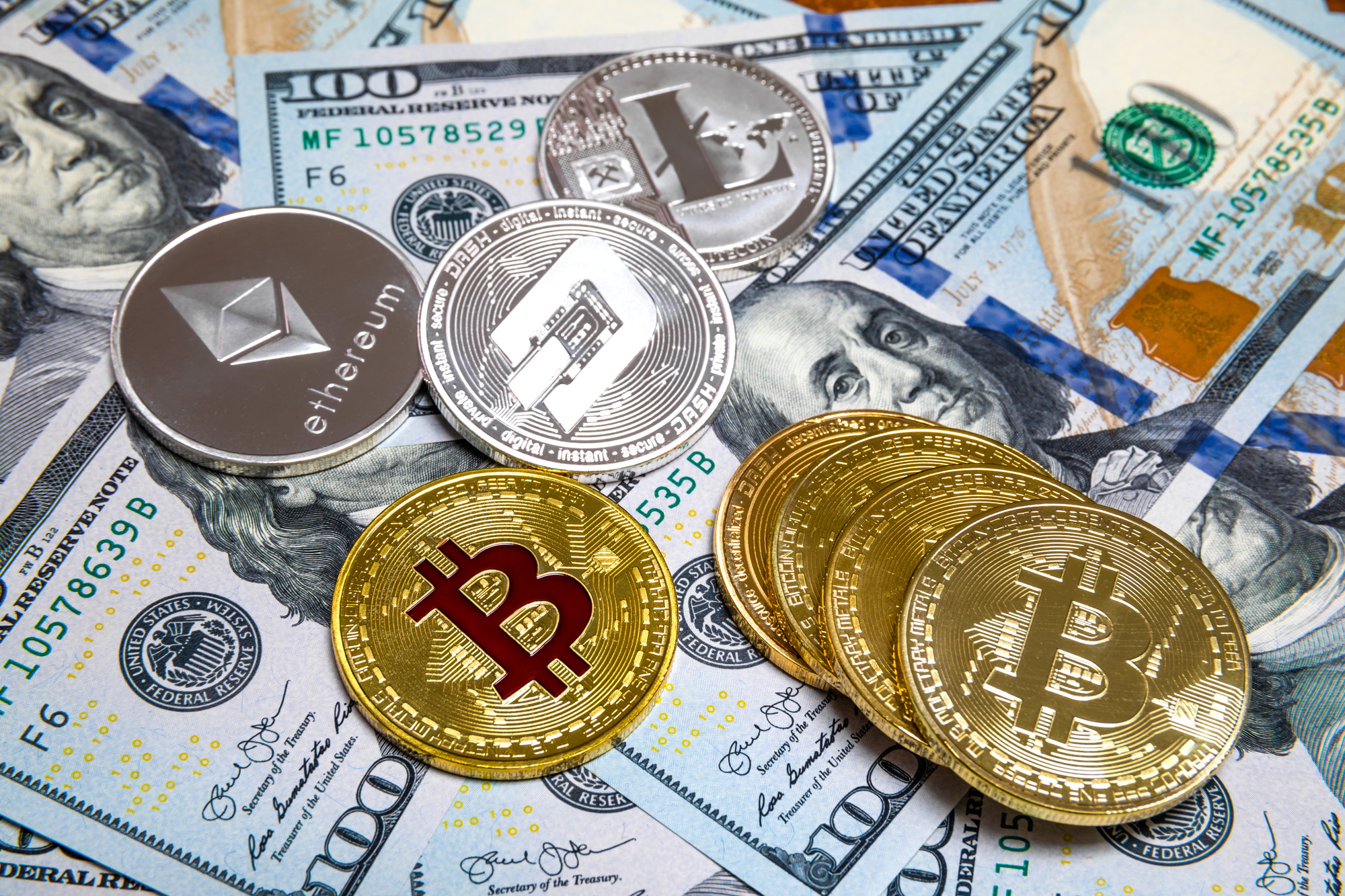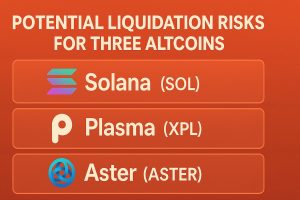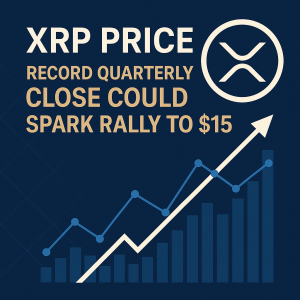The cryptocurrency market has experienced notable shifts, with memecoins and venture capital funding playing significant roles in recent years. These trends have largely altered the traditional narrative of crypto as a space for innovation and wealth creation for early investors.
In recent times, a surge in memecoin popularity, driven by social media hype and influencer endorsements, has led to market volatility. These coins, often created with little utility or backing, have attracted massive investments, sometimes inflating their value beyond intrinsic worth.
Meanwhile, venture capital firms have increasingly entered the crypto space, injecting billions of dollars into blockchain startups and token projects. While this influx of capital has accelerated development and innovation, it has also shifted focus from foundational technology towards speculative assets.
This confluence of memecoin mania and VC interest has led to a market environment where the original vision of decentralization and financial inclusion is being overshadowed by short-term gains and speculative trading.
Early investors who once capitalized on innovative blockchain projects are now finding themselves competing with a flood of new participants and meme-driven assets. The result is a market where wealth is often redistributed rather than accumulated, leading to frustration within the crypto community.
Market analysts warn that this trend may result in increased regulatory scrutiny, as governments seek to curb the excesses of speculative trading and protect investors from volatility and scams.
Looking ahead, attention will turn to upcoming regulatory decisions, major blockchain developments, and how traditional financial institutions adapt to this evolving landscape.
What impact do memecoins have on the overall crypto market?
Memecoins increase market volatility and attract new investors, but often lack long-term utility, risking bubble formations and market crashes.
How has venture capital funding changed the focus of crypto projects?
Venture capital has shifted focus toward short-term gains and hype-driven projects, sometimes at the expense of foundational blockchain technology and decentralization.
What can early investors do to protect their gains in this volatile environment?
Early investors should diversify their portfolios, stay informed about regulatory changes, and focus on projects with genuine utility and long-term potential.







